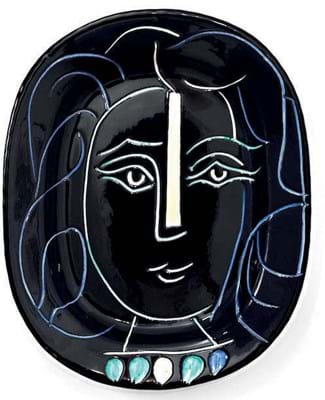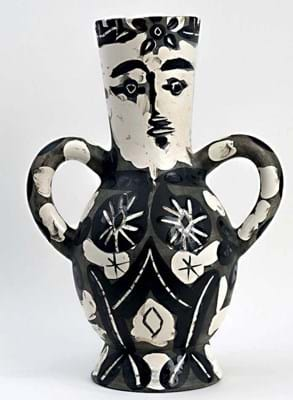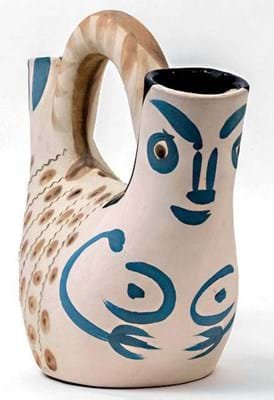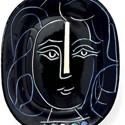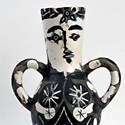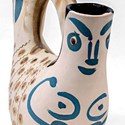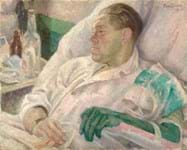Buyers can find prime examples at Huxley Parlour this month as the Mayfair gallery holds what it says may be the first dedicated selling show on the subject in London.
Unlike the Spanish artist’s paintings, which regularly stretch into the millions of pounds on the open market, his ceramics, often produced in editions, remain relatively attainable.
Picasso started his collaboration with the Madoura Pottery workshop in Vallauris, France, in 1946 producing more than 600 pieces before his death in 1973. Intended to be both accessible and affordable, they included plates, pitchers and vases inspired by mythological figures, animals and scenes of Spanish bullfighting.
Though his pieces were designed often to be functional, he experimented with different techniques, including the use of various oxides and glazes, firing processes and engravings.
These works appear regularly on the London market, though not normally in such large groups. One notable exception was the 2012 Christie’s South Kensington sale of the Madoura Collection. The two-day white-glove auction included a £650,000 record for a Picasso vase.
At Pablo Picasso: The Ceramics, which runs from March 18-May 16, visitors can snap up some examples of their own and make a day of it by stopping nearby at The Royal Academy, which stages Picasso and Paper until April 13.
Most pieces at the Mayfair gallery are from the 1950s and range in price from £5500-70,000. Generally measuring between 9-15in (23-38cm) high, they depict curious animals, faces, unusual shapes and female figures.
Every piece contains a stamp or marking. The most common, featured on all exhibited pieces, include Madoura Plein Feu, which verifies the edition’s authenticity and provenance, and Edition Picasso, limited editions authorised by the artist and created at the Madoura factory.
Among the more unusual works on offer are Figure de Proue, a white ceramic vessel colourfully glazed and shaped to resemble a figurehead found on the bow of a ship, and Pichet a Glace, which takes on human features and is recognisable due to its bulbous spout, short round handle and opening for filling water.


